The capital city of Sikka is Maumere, with a population of about 50,000. The town used to be famous for its reefs in the Gulf of Maumere which used to be one of the finest diving sites in the world. Sadly, the sites are now marred due to chemical and bomb fishing.
Maumere’s airport, the Frans Seda Airport, also known as Maumere Airport, has recently been renovated to accommodate night flights and narrow-body aircrafts like the BOEING and the AIRBUS. An interesting point of attraction in Maumere is the statue of Mother Mary in Nilo hill, 5 km south-west from Maumere. The statue stands 18 metres (59 ft) tall, but with its pedestal and foundation it is 28 metres (92 ft) tall. The 6-ton copper-clad statue was constructed on 2005, located at the peak of the 500 metre (1,640 ft) Keli hill, Nilo village, and has become the tallest statue raised in Sikka Regency.
Sikka in East Flores is one of the first places of Portuguese influence and catholic missionary activity in Flores. It is most famous for Ikat weaving and remains one of East
Flores’ most important and famous weaving centres. Tourists can visit and see for themselves the complete steps of ikat weaving for a small fee including dyeing of threads with natural colours.
The two major societies of Sikka are the Tana ‘Ai people in the mountainous east and Sikka-Krowe people in the central areas as well as on the north and south coast. While the Tana ‘Ai people were hardly exposed to external influences, the Sikka-Krowe people constantly faced external influences, with the Sikkanese Royal House ruling over the Sikka-Krowe people for at least 16 generations.
Sikka Natar
This is the former centre of the kingdom of Sikka and also the site of a big church that was built in 1899 by Jesuit priests. Decorated with Ikat motifs, the church was used by the locals for Holy Mass and the inauguration of new kings. During Christmas time on the 26th of December, you can witness a dance-drama of Portuguese origins called Toja-Bobu about a beautiful princess being courted by many men from a variety of background. Unfortunately the performances are rarely held today.
Watublapi
This area is well-known for traditional Ikat weaving using traditional handspun yarn made out of local cotton and local natural dyes that come from plants in the villagers’ own gardens. Watublapi Ikats have travelled the world into the hands of collectors via the Bliran Sina organization, a locally established cooperative made up of about 40 members who also receive visitors to Watublapi with traditional dance and music performances, while enjoying a serving of “sirih pinang”, the betel chew, a traditional Sikkanese welcome ritual.
Pasar Geliting
With over 100 years of history, Pasar Geliting is a festive weekly market where people gather there to buy, sell and barter goods and livestock. It used to be the meeting point for sailors, traders, farmers and merchants from across the region including Goa, Bima and many parts of the Florinese coastlines including Bugis and Bajo seafaring people. In the beginning of the 20th century under the Dutch colonial government, the market was expanded with permanent market stalls and shops which were rented out to traders. It is believed that the name “Geliting” was derived from the first Chinese merchant to rent a stall there, whose name was Go Lie Ting. Today, Pasar Geliting retains its colourful vigor. There are fish sections both dried and fresh, fruits, vegetables and herb stands, the Ikat, and an animal section with chickens birds, pigs, horses, goats, and even dogs.
Bikon Blewut Museum
The Bikon Blewut Museum is an ideal place to view Florinese cultural and natural history. The name is derived from an ancient verse in Krowe-Sikka ritual language about the creation of the universe and is filled with unique and interesting objet d’arts and pieces that showcase the Florinese’s daily lives. Situated within the Filsafat Katholik Ledalero high school, the museum is a well-known Roman Catholic priest’s seminary. While you’re there, be sure to engage the help of a friendly local curator to glean information on the objects exhibited. Opening hours are Mondays to Saturdays from 07.00 – 13.00.

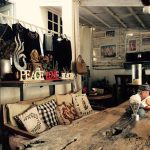
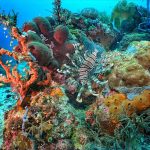
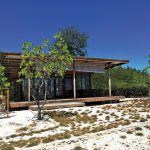
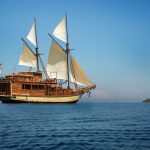
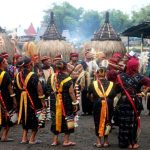
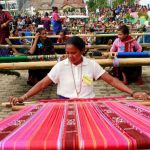

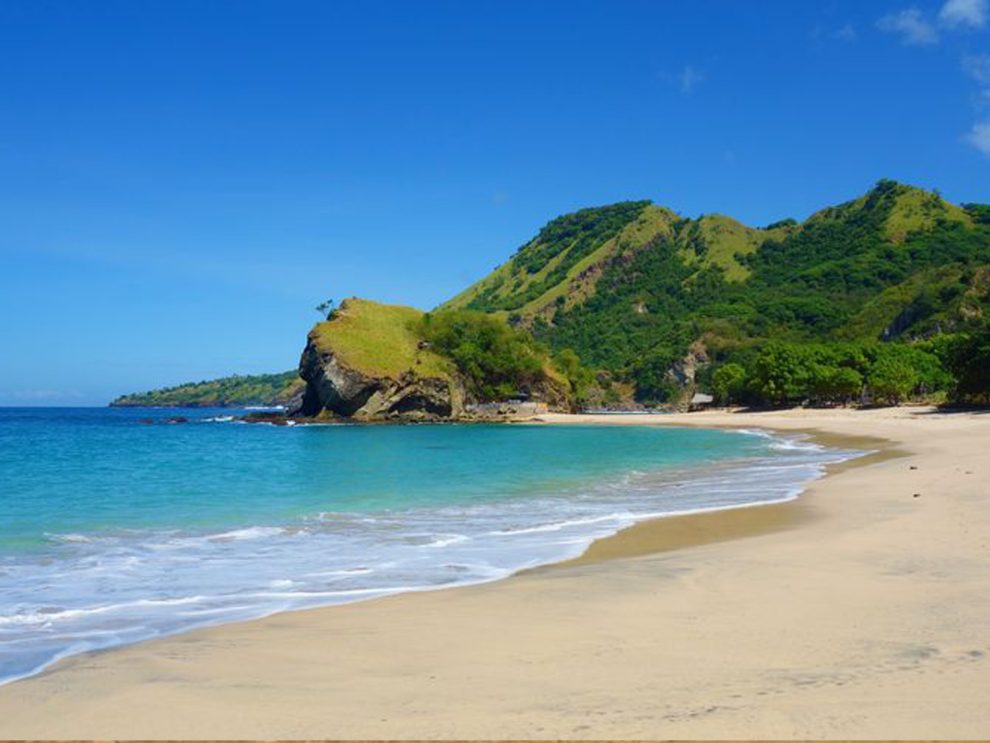
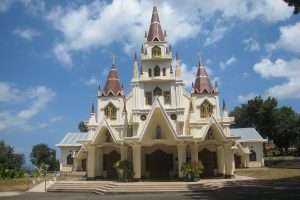
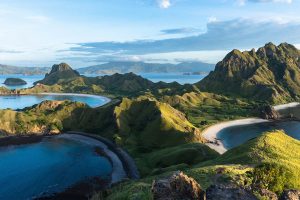





Add Comment